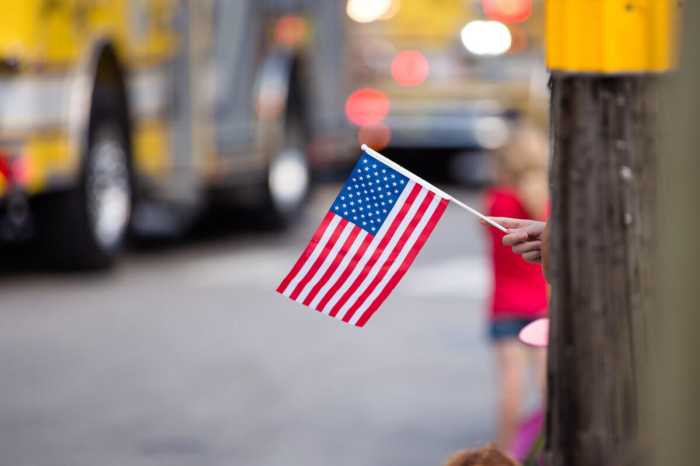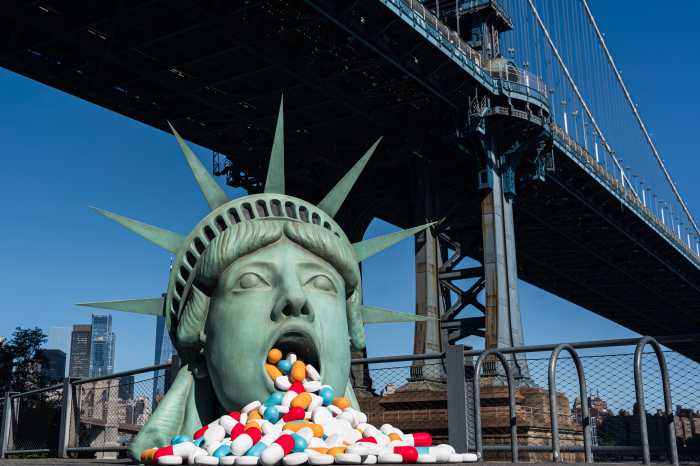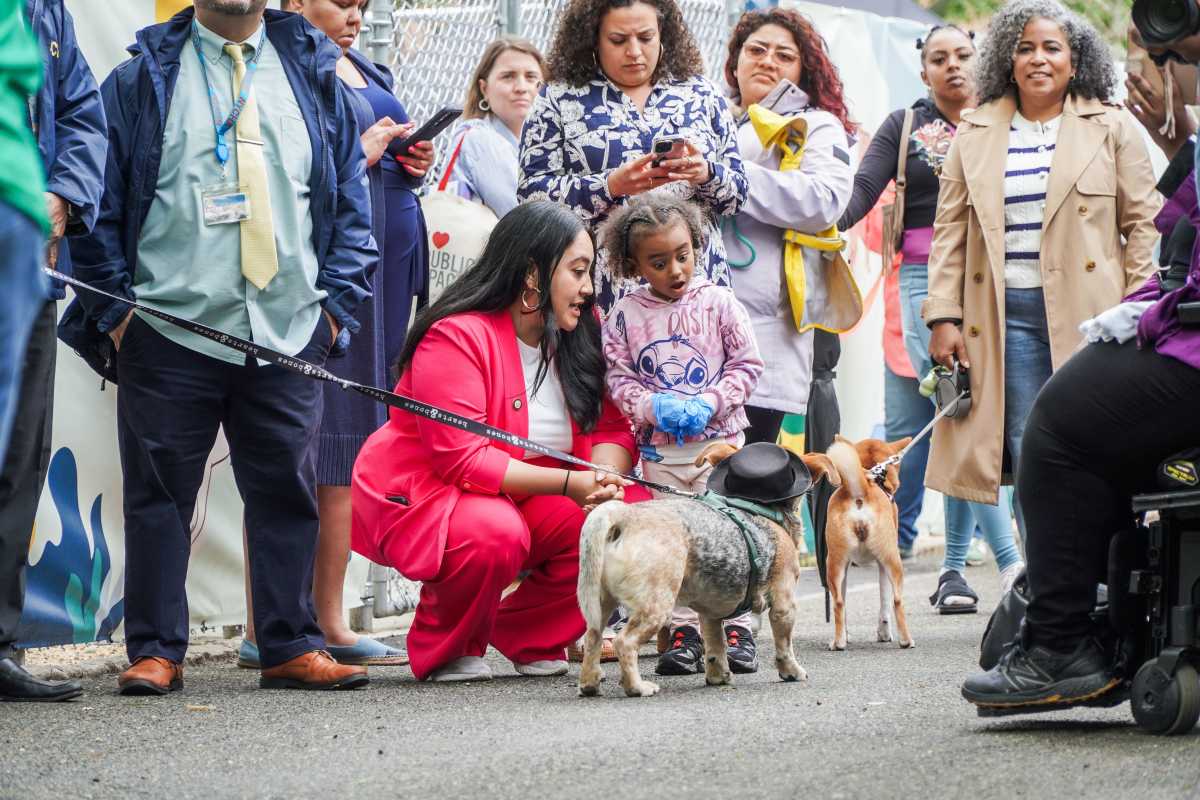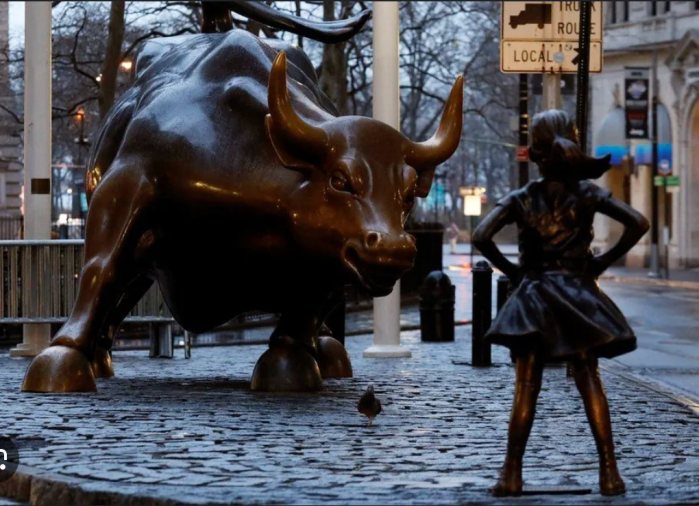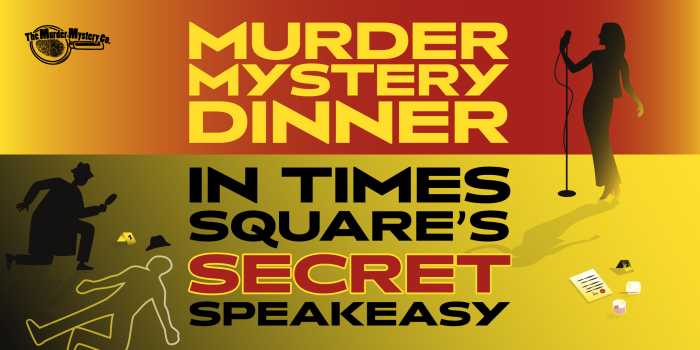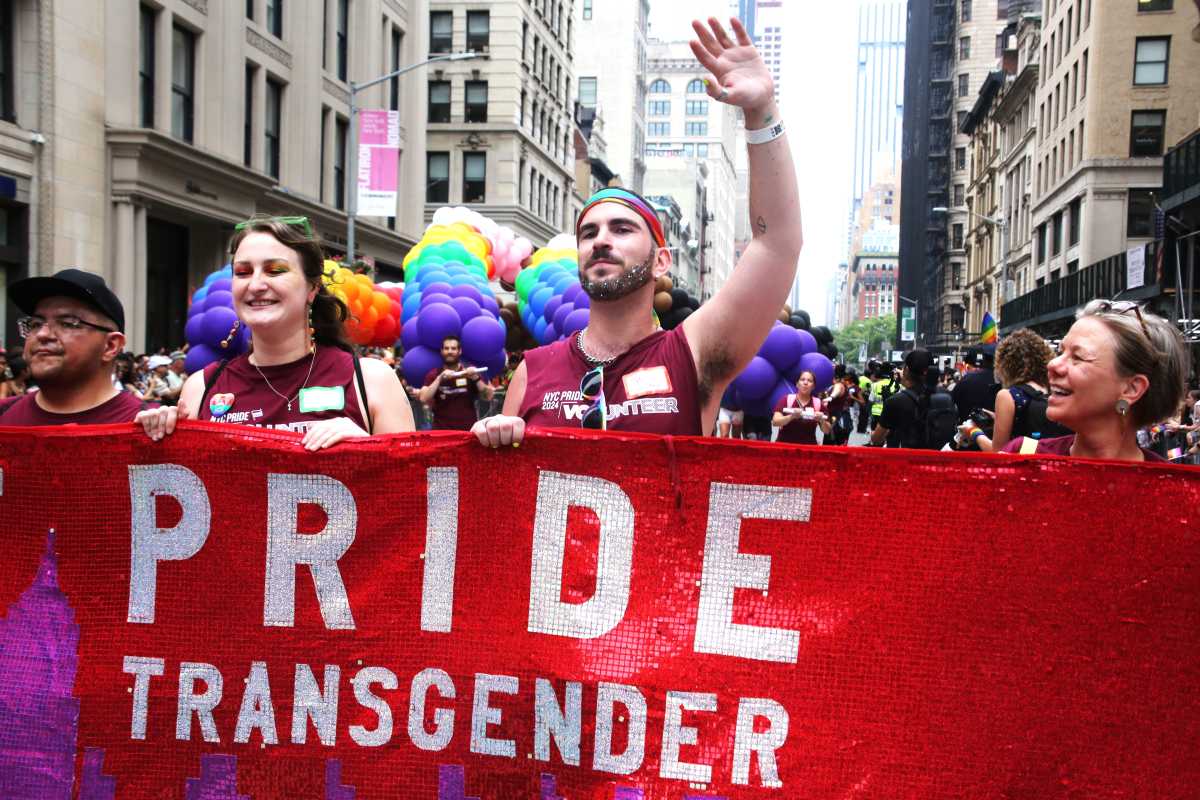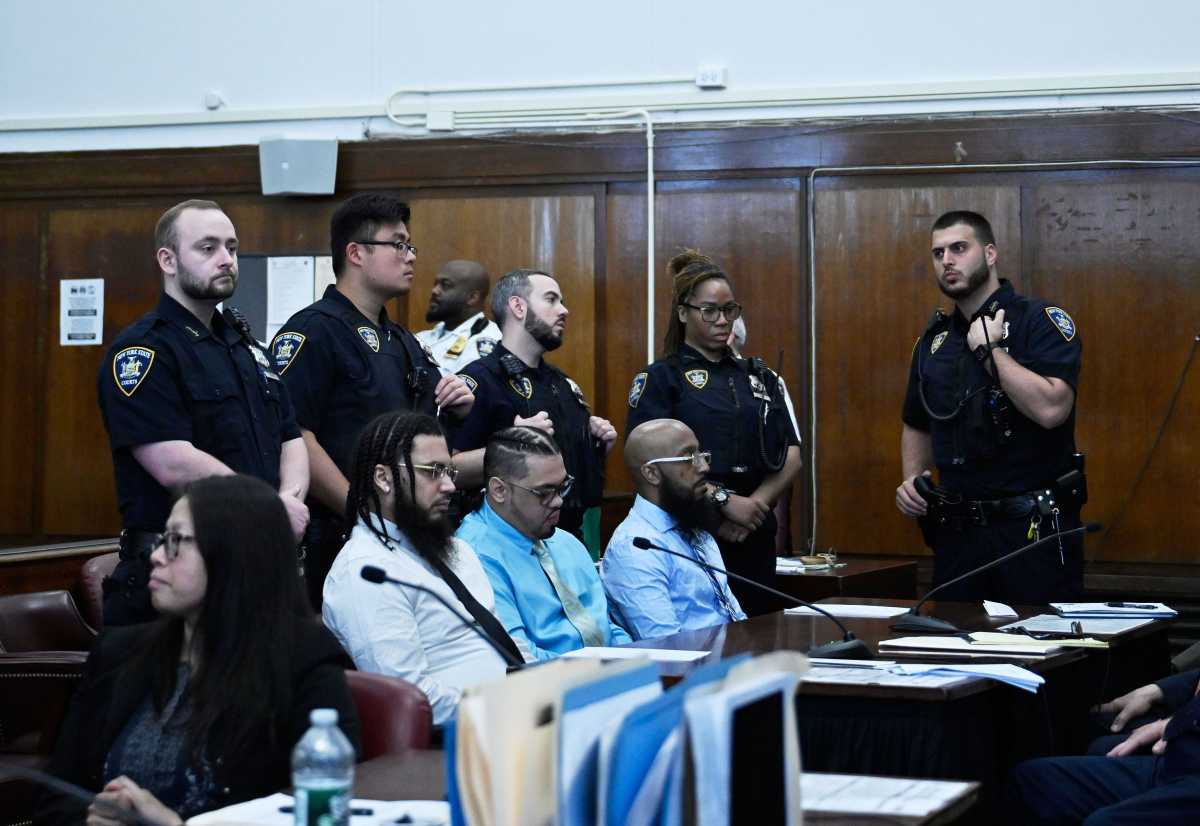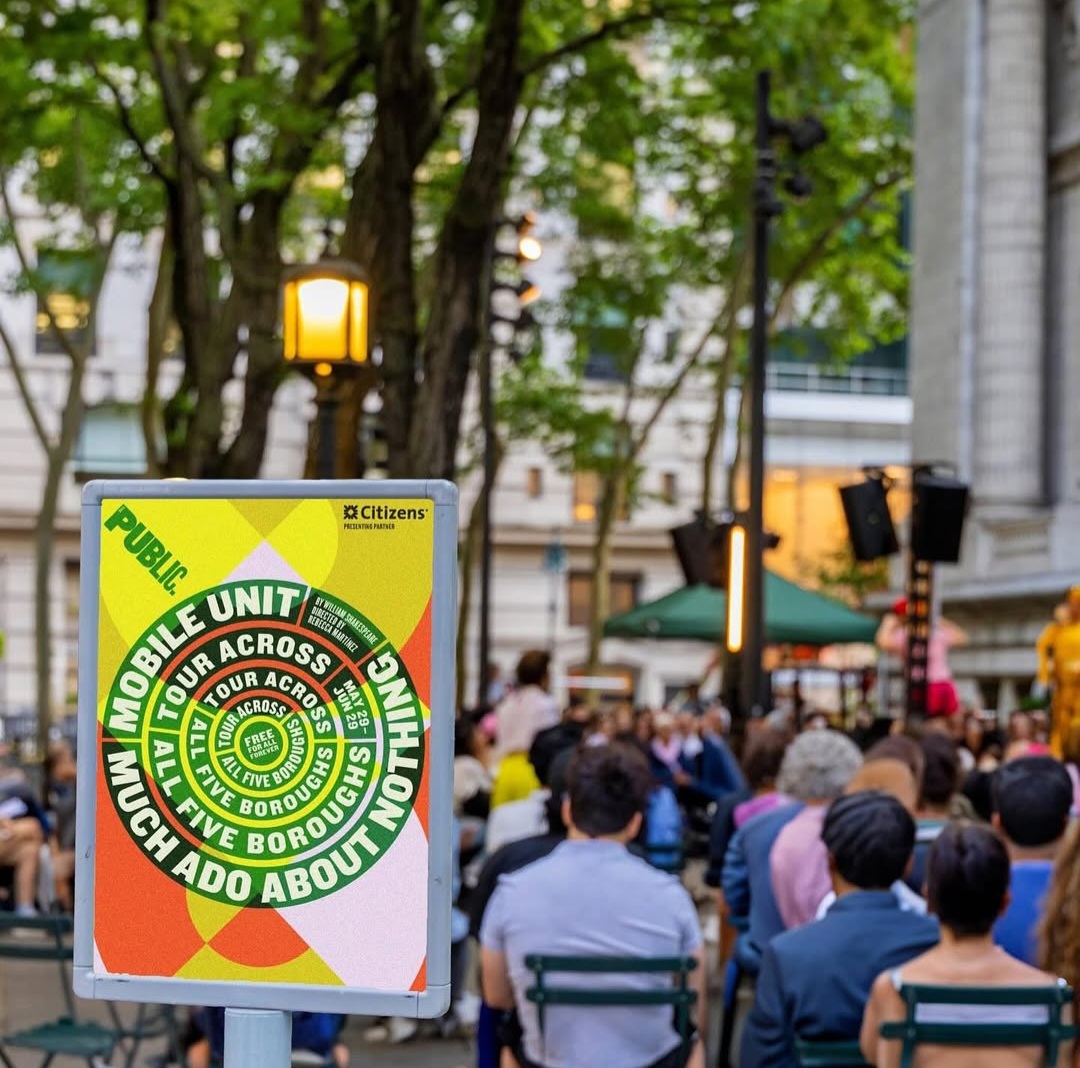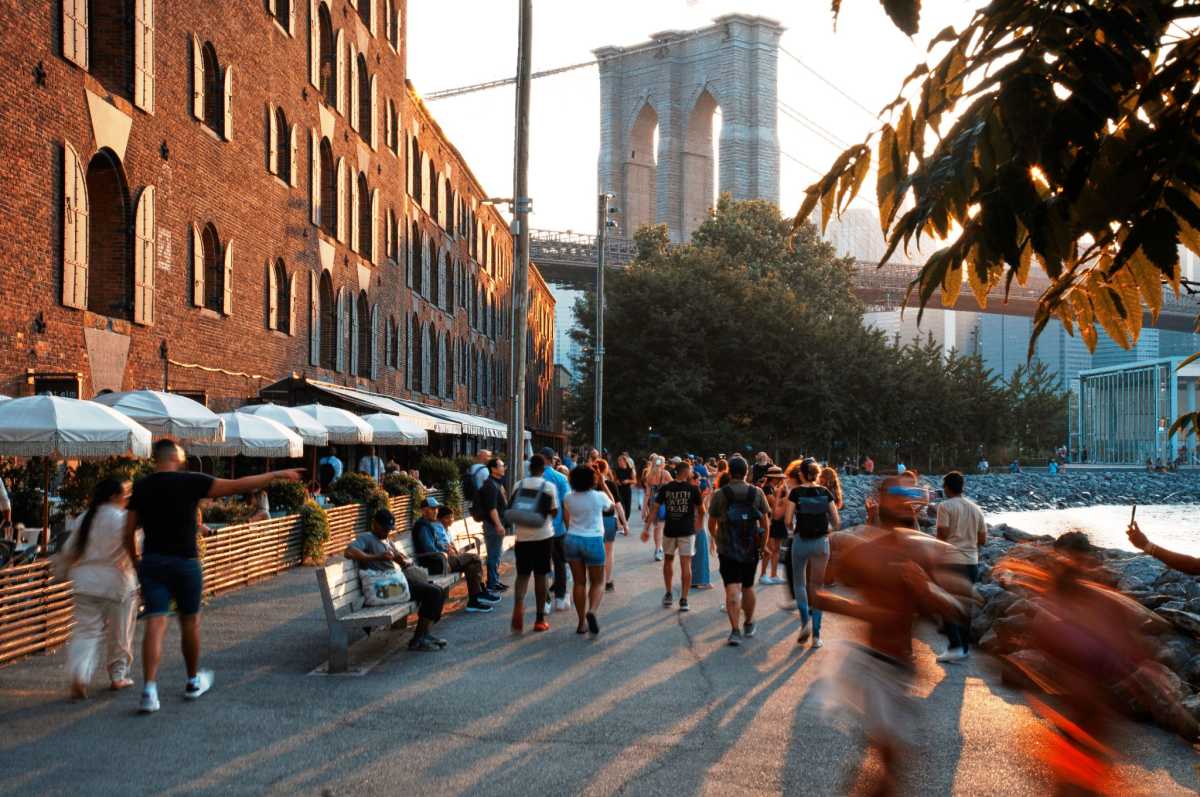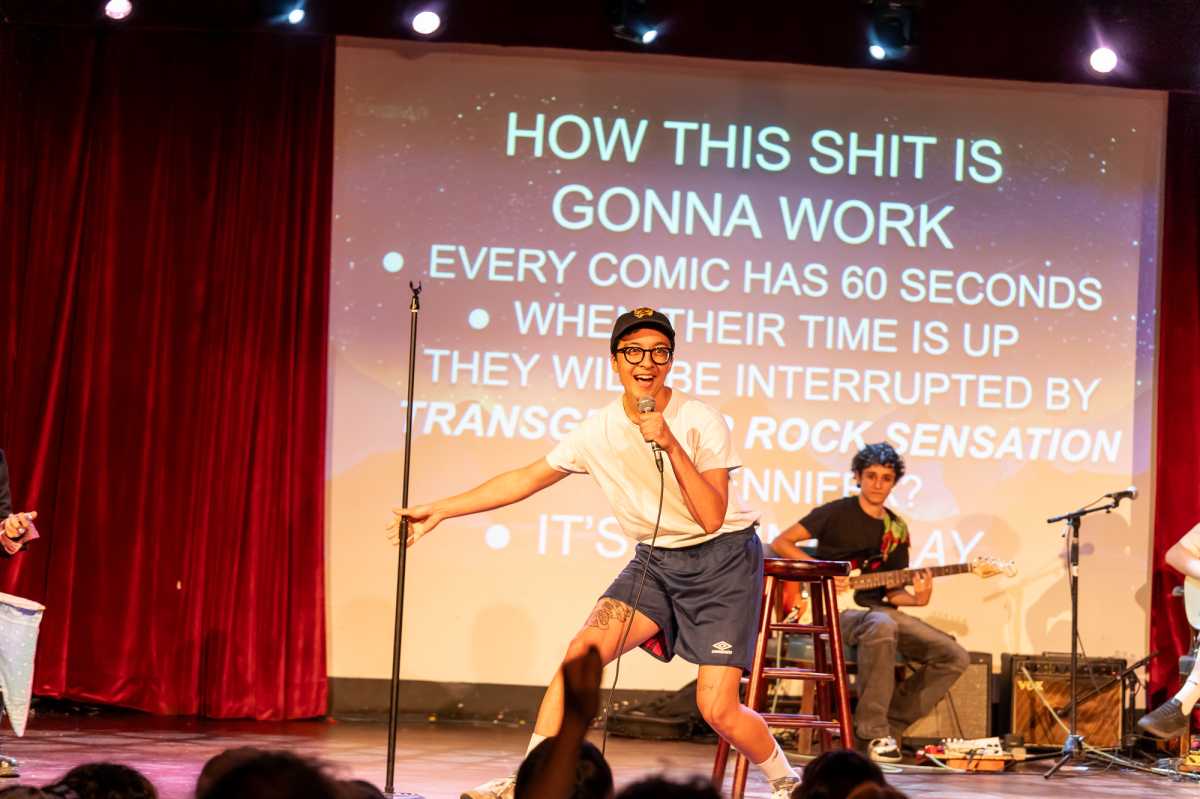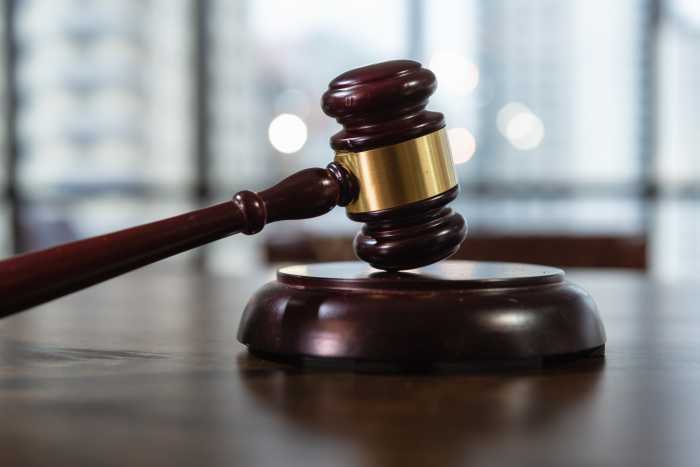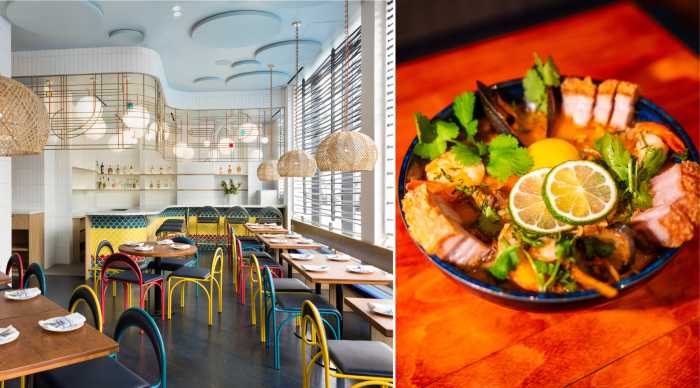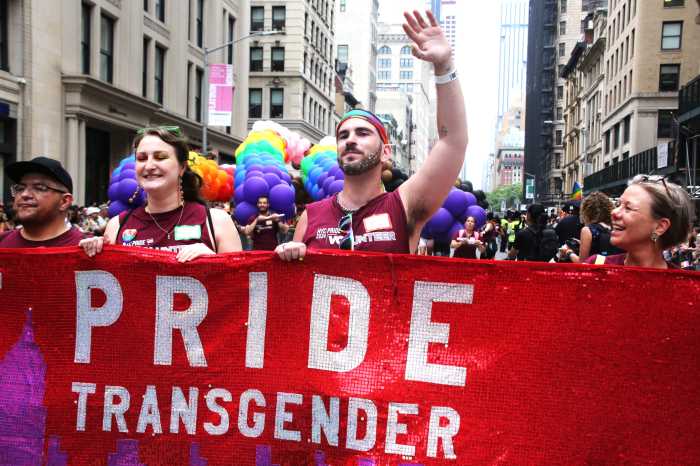The new book “Nails: The Story of the Modern Manicure” (Prestel, $29.95) is a lavish and exuberant love letter to fingernails, nail art and manicurists aglitter with 220 fabulous photos, many from other eras. It was written and conceived by Fort Greene resident Suzanne E. Shapiro, 31, a research assistant at the Metropolitan Museum’s Costume Institute.
Why is fingernail adornment such a big deal for so many women?
Getting your nails done is a reliable beauty improvement: It’s not like a miracle cream that promises you will look younger or sexier. When you get your nails done, the results are visible and your nails look instantly better. A manicure allows women to play with their self image and personal style and be someone else. It’s a cheap pick-me-up and also a pampering grooming ritual that is a form of female bonding. It’s also one-size-fits all. You can get your nails done regardless of your body shape or age.
But why do so many women care so much?
Nail art is one of the biggest topics in fashion right now, in part because of the blogosphere: There are so many nail bloggers who are really serious about nails: They photograph their nails in both fluorescent and natural light! Flickr, Instagram and Pinterest have become fabulous resources for people interested in manicure: The big debate online right now is how to display your hands in a “hand selfie.”
Are fingernails an indication of class and status in NYC?
Long nails have always socially signified a freedom from manual labor, but manicures were an elite pastime for women in the 1880s. On her day of errands, a [rich] woman in NYC might stop and get a simple buff and shine and have a little rose colored salve rubbed into her nails. A lot of the women most interested in trying nail polish in the 1920s were showgirls, bold working girls and even prostitutes. Nail beautification really became popular in the 1930s, during the Depression — it became a way for ordinary women to appropriate a bit of Hollywood glamour. Nails magazine declared NYC the capital of nail art in the 1990s, with good reason: Hip-hop culture really contributed to a lot of the innovations. Nails have always been important to New Yorkers: We’re public individuals here and our nails say so much about us.
While health care and housing in NYC seem to ever increase, the price of manicures seems to have dropped. Why is that?
New York saw a huge influx of Asian-owned salons in the 1980s and 90s. They’re mostly Korean, but there are also Chinese and Vietnamese entrepreneurs. They took an expensive consumer experience and drove the prices down so salon manicures became available to women across the social spectrum.
But what are the working conditions for salon workers? Are they making fair wages? Are their working conditions safe?
I don’t want to comment on that. My approach is historical. But I will say that there is a lot of talent or diligence in the world of nail techs. A lot of the women who do nails take pride in the beauty they create and favor nice manicures for their own hands whenever they can [get them].
How did you research this book?
We’re in a golden age of digitalization. There are so many wonderful resources and records online that the only real challenge is when to stop. The most fun was the process of discovery. I’d go to stoop sales and pick up an old Life magazine and it would contain a great example of a manicure from the 1940s. I went around NYC with a hand recorder and said to New York women, “Tell me about your nails: What do they mean to you?” Some of the women said they feel more sexy with long, luxurious nails. Some women said they started to do their nails more after they got engaged because manicured hands created a better display for their engagement rings. One woman who worked at Home Depot told me that after she got pregnant she was put on desk duty. Freed from nail-wrecking manual labor, she was finally freed to treat herself to elaborate manicures!



